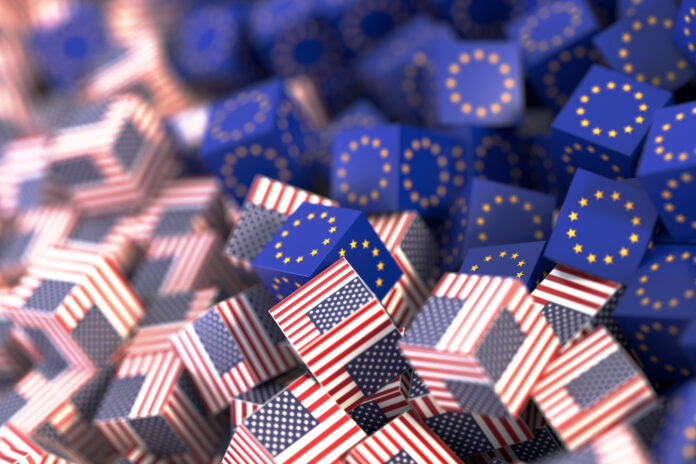In many areas of the economy, the United States and European Union are strongly connected, enjoying reliable relationships in trade, business, and industry. However, cannabis is not yet a sector where the two economic powerhouses can interact easily due to the drug’s varying legal statuses. Europe has taken a more limited approach regarding cannabis policy, with several countries legalizing medical use but few open for recreational operations. On the other hand, the United States continues to expand recreational operations as more states launch adult-use programs on top of medical markets.
Despite their differences, the U.S. and EU industries can learn much from each other, taking advantage of their failures and successes to improve operations on both sides of the Atlantic. The EU can learn from the more mature U.S. market’s evolution, especially regarding cultivation techniques and trade standards in preparation for federal legalization. The U.S. can take note of the EU’s thoughtful, consistent operational standards like EU Good Manufacturing Practice (EUGMP) guidelines to ensure the purest possible products.
What can the U.S. learn?
Despite the European cannabis landscape’s lack of maturity compared to the United States, the U.S. still could glean much from European practices and the continent’s long history of growing food and produce indoors. To start, consider the EU’s compliance with more widespread international health and safety standards when it comes to consumables and medical products. EU cannabis products are required to follow EUGMP standards, which consist of manufacturing practices designed to ensure medicines are appropriate for their intended use and meet marketing and clinical-trial authorization. Widespread compliance with such standards integrates operational processes and the functional flow of cultivation, governing all training processes and materials under one regulatory umbrella.
EUGMP compliance standards cover a variety of categories to ensure pharmaceutical products are high-quality and reliable—something the U.S. should note in preparation for the future. Such standards include cleanroom design to minimize the risk of contamination and heating, ventilation, and air-conditioning design to ensure air quality is high and free from pollutants in the manufacturing area. Standards also cover equipment design to regulate proper functioning, documentation, and adequate training for all employees.
Such practices are essential for the U.S. industry to watch and begin to emulate. When the U.S. finally reaches federal legalization, operators must be prepared to trade at international standards. Currently, the U.S. operates under Current Good Manufacturing Practice (CGMP) regulations, which consists of “current” practices that may change at any time. To begin a trade relationship with EU cannabis operators, the U.S. will need to adhere to EUGMP and other standards in order to export abroad successfully. Preparing for the future now will pay off for operators in the long run.
Insights from the U.S. industry
On the other hand, cannabis markets throughout the European Union can learn much from the U.S. industry as medicinal operations expand and recreational legalization begins to crop up. Although countries in the EU have been perfecting indoor and greenhouse farming at scale for decades, operators in the U.S. are ahead of the curve when it comes to indoor cultivation strategies and practices. Indoor cultivation has proved to be an essential tool in European countries that lack the climate for successful outdoor growing, and we expect cannabis to face the same challenges.
Cultivators in the United States possess an excellent understanding of optimal conditions and best practices to achieve the most successful indoor harvests. Such operators have fine-tuned conditions like temperature, soil, humidity levels, lighting, nutrients, and more to grow the finest plants while leveraging innovative technology to achieve superior results. To maximize indoor growing potential in the European Union, cultivators will want to study the proven successful processes utilized by U.S. operators.
The U.S. and EU long have been connected through industry, and they soon may look forward to an economic partnership within the cannabis space. While different countries follow different standards and practices, each market has something to learn from the successes and innovations in the other. Emulating EU standards sooner rather than later could help U.S. operators prepare for federal legalization and subsequent international exporting opportunities. Conversely, the EU can take note of successful indoor cultivation practices in the U.S. as more countries begin to grow plants indoors.
Ultimately, the two economic entities stand to uplift each other as the global market continues to evolve.













